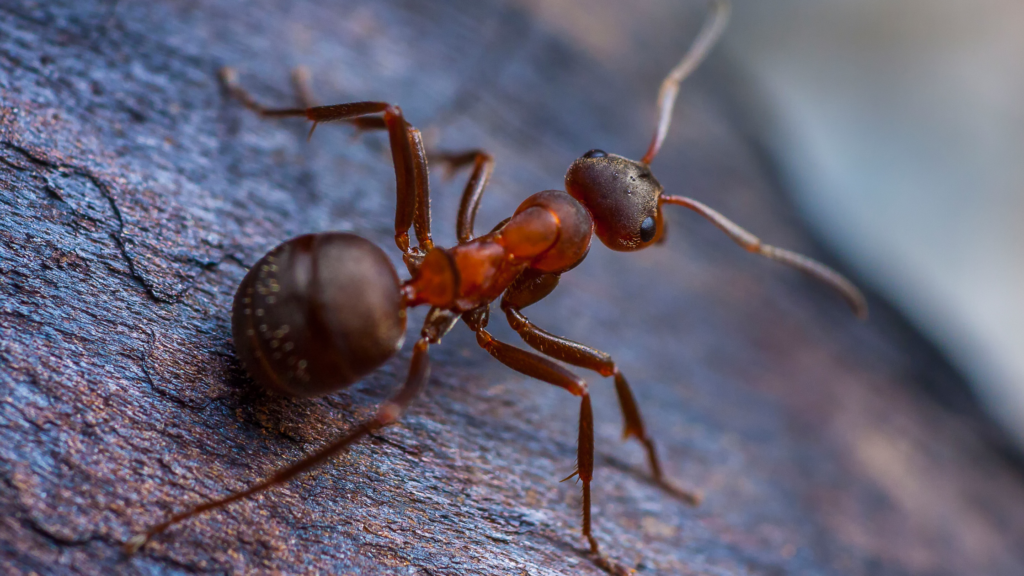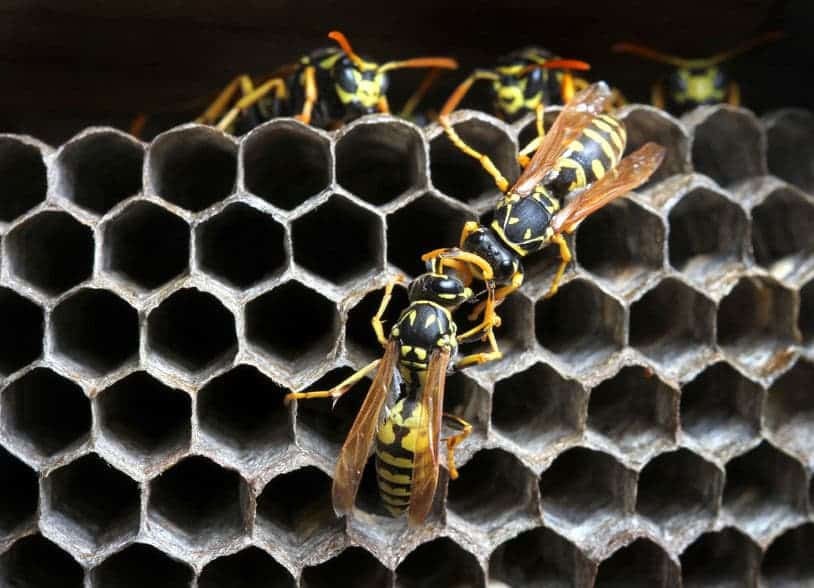Numerous types of pests reside in the southeast. So, if you live in Florida, it’s very unlikely that you’ll avoid them all. Let’s face it! Pests apparently enjoy this warm, moist climate as much as people do—and, while some of them are simply annoying, others can be dangerous.
To help you identify the specific unwanted guests you’re experiencing in your home or lawn, Turner Pest Control put together this comprehensive list of ants, beetles, cockroaches, termites and other pests. This shares distinctive characteristics of them, along with how and where they live, and what they’re noted for.
To rid your home and lawn of them, the answer is simple: contact Turner Pest Control online or call 904-355-5300.
Ants
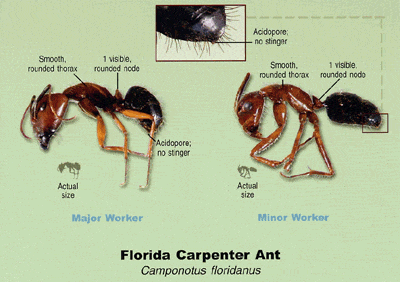
There are numerous species of ants, from the Florida carpenter ant that loves moist wood and tracks down sources of sugar in homes to fire ants that tend to live underground and are extremely aggressive when nests are disturbed.
The odorous ant lives in wall and floor voids, under toilets, and in other enclosed places. When crushed, they give off a weird smell, reminiscent of rotten coconut.
Still other types include Argentine ants that live in enormous colonies and can sneak into homes through tiny cracks. The pharaoh ant lives in enclosed humid areas—and then there’s the highly adaptable crazy ant.
The bigheaded ant creates mud tubes like termites do, with each queen laying up to 290 eggs monthly.The ghost ant will happily live in your microwave, while the whitefooted ant is comfortable in bathrooms and kitchens.
And, while each ant species has a preference where to live in the United States, almost all of them love nesting in Florida.
Beetles
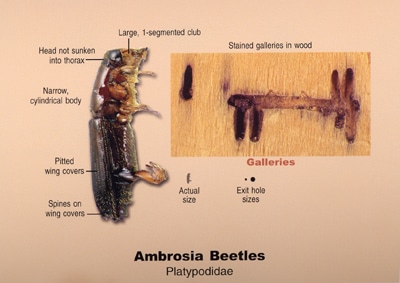
Beetles come in plenty of varieties, including ambrosia beetles that can cause fungal infections that can kill off trees. The death watch beetle (even the name sounds awful) will bore through wood, while the engraver beetle attacks specific kinds of trees, which can be fatal to those trees. The true powderpost beetle will feed off of certain hardwood trees, as well as some softwood ones.
Then there are grain beetles, ones you could find in stored grains, flour, nuts, sugar, and dry plant material in your home. They can find their way through cracks and crevices of containers that aren’t perfectly sealed. The spider beetle also appreciates human food, including grain and seeds, as well as meat, fish meal, dried fruits, and more. They also feast on wool, feathers, hair, skin, and much more.
Still other beetle species include the old house borer, confused flour beetle, larder beetle, and the sawtoothed beetle.
Cockroaches
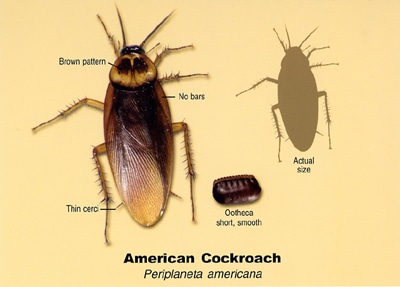
Nobody wants cockroaches in their homes. And, if you’ve got one gross creature, there may be a million more.
The American cockroach gravitates towards sewers and basements while the brownbanded cockroach is less picky, willing to settle throughout your home. The German cockroach, meanwhile, typically lives indoors near people, especially in kitchens and bathrooms, with this species most closely associated with outbreaks of illness. Then there’s the oriental cockroach, another species attracted to sewers, drains, and damp basements.
The smokybrown cockroach appreciates warm weather, like we have in Florida, living in moist concealed areas. Another fan of warm weather is the Australian cockroach, with this being one of the most common species found in Florida.
The Florida woods cockroach typically likes to live outdoors, but wanders into damp locations, such as bathrooms. This variety is also sometimes called a palmetto bug—or the stinking cockroach because of the foul-smelling fluid it produces for protection. Other varieties include the Cuban cockroach, Surinam cockroach, Asian cockroach, brown cockroach, and death’s-head cockroach.
Termites
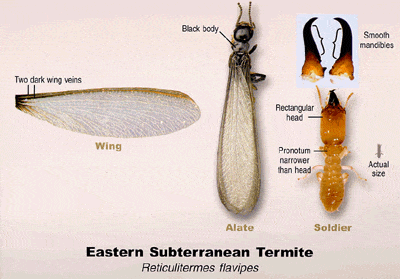
The good news is that we’ll list fewer varieties of termites. The bad? They can be really destructive menaces.
The most common type in Florida is the eastern subterranean termite, with colonies sometimes as huge as five million workers! The queen lays 5,000-10,000 eggs annually, too, to keep the colony thriving.
The drywood termite tends to nest in old trees, but also infest house beams and roofs. The formosan subterranean termite, meanwhile, can cause tremendous property damage, leading to significant repair costs. Here’s one more species: the nasute termite. This invasive pest will forage in the open, protected by soldiers that will squirt fluid at attackers.
Other Pests
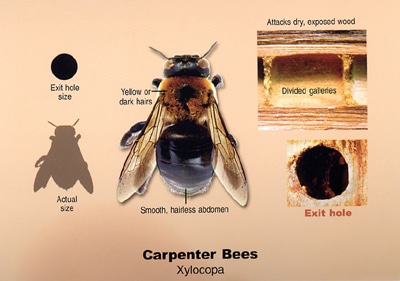
Our pest control library also contains information about other pests: mosquitoes, black widows, cat fleas, carpenter bees, scorpions, silverfish, earwigs, stink bugs, gnats, bats, and rice weevils.
Schedule Your Free Inspection Today!
To schedule an appointment for a FREE inspection, call 904-355-5300 or schedule online.

